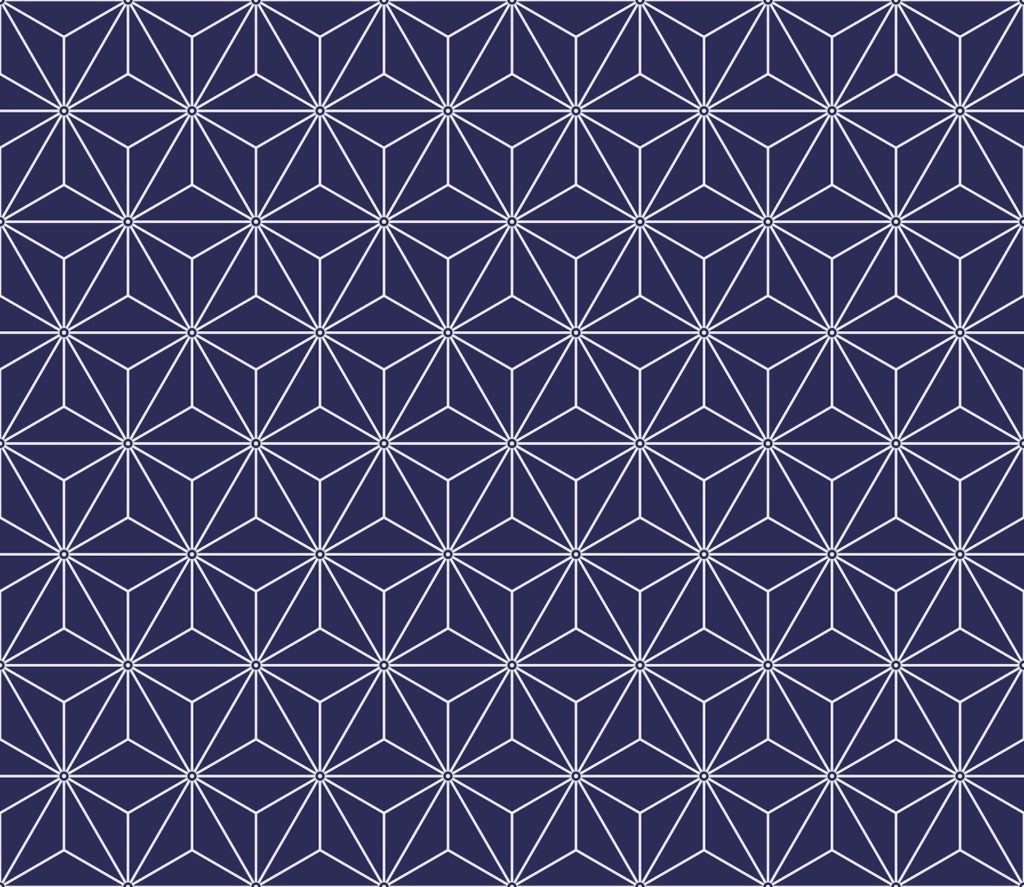
Japanese Patterns and Designs Full of Dynamic Interpretation of Nature
Japanese Patterns – The simplified beauty of nature is seen on fabrics, crafts, and many other places in Japan. Some patterns and designs have a long history and some are very new. Let’s take a look at the dynamic interpretation of nature which can spice up your life!
If you’d like to see the living Japanese patterns, be sure to check our “Kamon (Japanese family crest)” post.
Japanese Family Crest: List of the Lineage Symbols
The living Japanese family crest artisans who keep the tradition alive and create new pattern and design at the same time.
Kamon the Avant-garde: Interview with Japanese Family Crest Artisans
Brief View of Japanese Patterns and Designs
These beautiful patterns originate from the middle of the Heian period (around the 9th – 10th century) and still, new ones are being created today.
Some of them still use the original ones. These patterns can be divided into two categories, one is a geometric pattern derived from natural phenomena, and another based on the designs of animals and plants.
Most of the patterns we see today were produced after the Heian period. We see a lot of patterns and designs which were influenced a lot by China and other countries.
However, Japanese developed unique Japanese patterns and arranged designs later.
At the same time, the oldest Japanese literature like The Tale of Genji was born and the original Japanese character Hirakana was developed.
Japanese people always respects and awed by the power/beauty of nature, so there are a lot of pattern and designs based on nature while inheriting the historical patterns.
Asanoha (Hemp Leaves) – Japanese Patterns
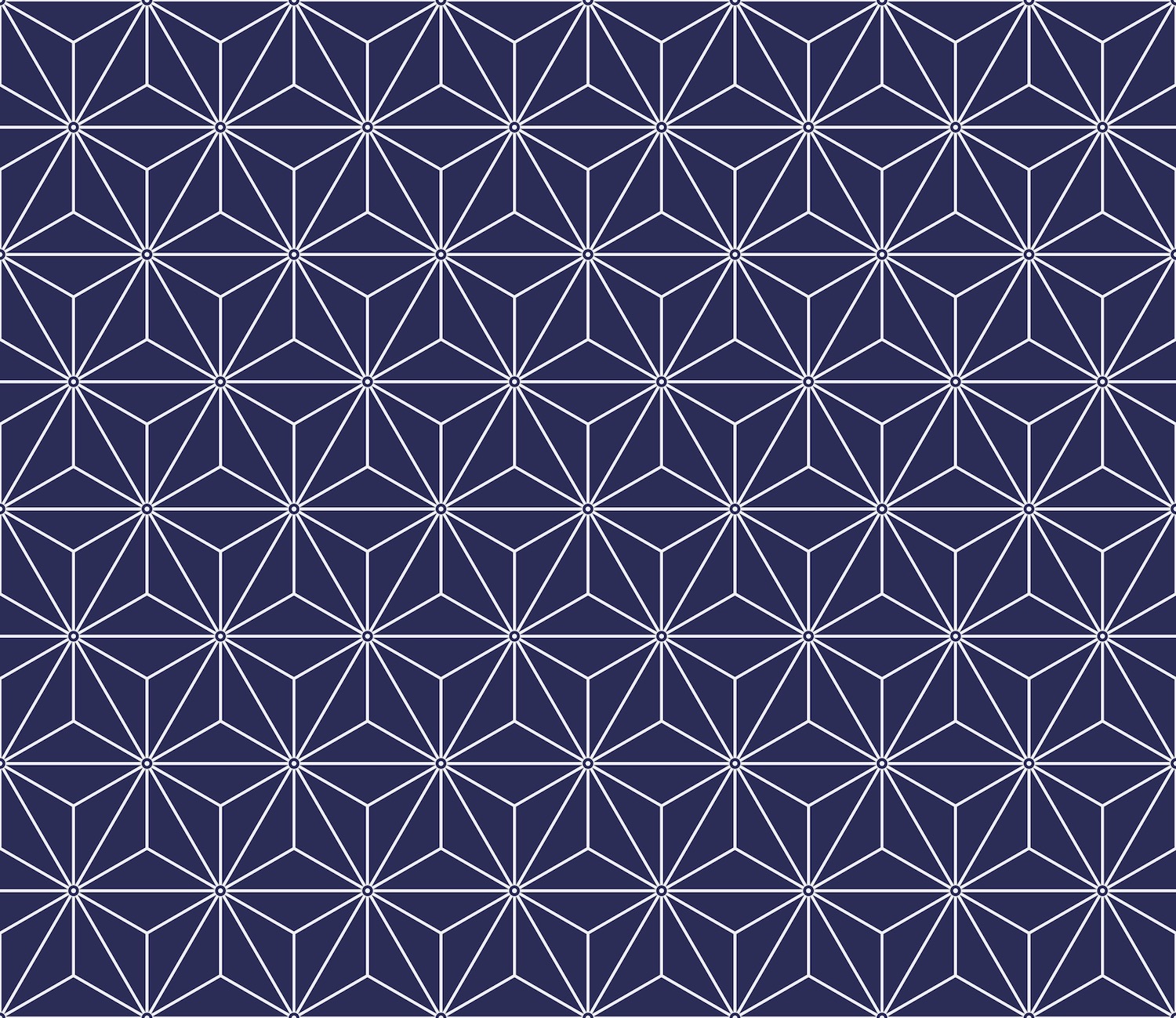
Asanoha depicts a geometric design of hemp leaves. Hemp has long been an important plant and produced before the common era.
Hemp was the primary clothing fiber along with silk, until the 16th century when cotton was widely produced in Japan. It represents growth and good health.
The hemp leaf pattern began to be seen from the Heian period (794-1185). We can see these patterns on the decoration of the Buddhist statue, which had been created at the time as well.
Other than used for clothing, hemp has been used in various ways to produce such as threads, nets, and ropes.
Hemp was a main agricultural product as well as rice, it’s been widely produced due to its versatility until GHQ prohibited producing hemp in Japan after WWII.
Hemp is pretty popular because it grows four meters in a four-month without much care, and it’s believed that hemp leaf pattern has the power to dispel the negativity as a talisman.
So it was very common that baby’s clothing was produced with hemp and the Asanoha pattern, in hopes that the child also grows fast and strong.
Summer is the best time to appreciate its refreshing and comfortable feeling since it breathes really well.
The only downside is that hemp can wrinkle easily but knowing its quality with appropriate care, it can be used for long years to come.

 Gorgeous wrapping papers which you and your friends will definitely love!
Gorgeous wrapping papers which you and your friends will definitely love!Yagasuri (Scraped Arrow Feathers) – Japanese Patterns
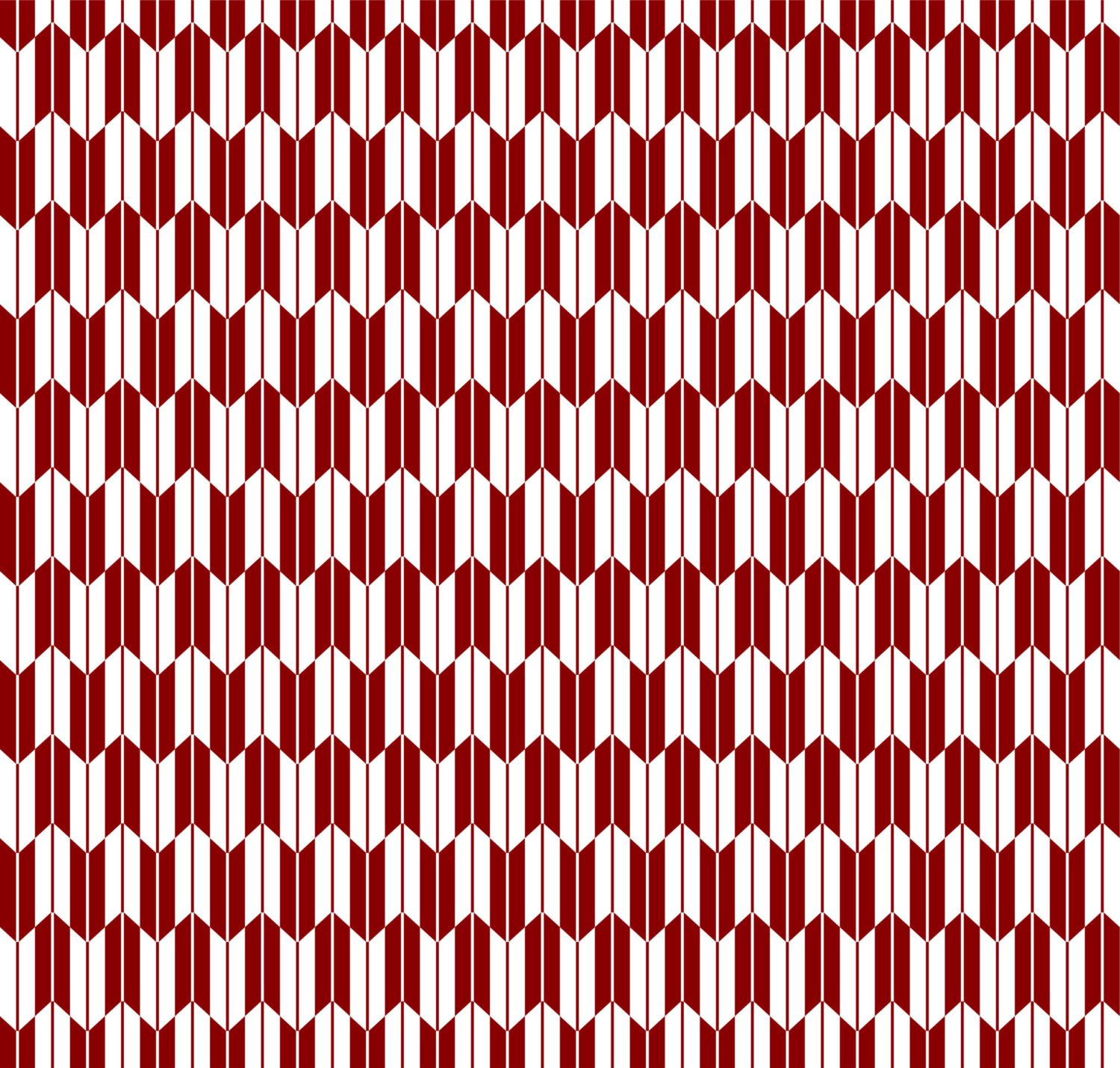
A shot-arrow would never be returned; Yagasuri pattern has been used for a bride’s costume.
The design of Yagasuri is pretty sharp, yet blurred arrows give an impression of softness. It’s been popular for its straightforwardness and its grace.
Around the period from the Meiji era to the Taisho era, Yagasuri kimono paired with Hakama was worn as a school girls’ outfit.
Hakama is a traditional outfit which is worn mostly in ceremonies by men today, except for the graduation ceremonies for girls. Other than ceremonies, you can see them in the martial arts like Kyudo and Kendo.
Kyudo: “The Way of the Bow” Unites Mind and Body
Kendo: “The Way of the Sword” with Courtesy and Respect
Seigaiha (Blue Ocean Waves) – Japanese Patterns
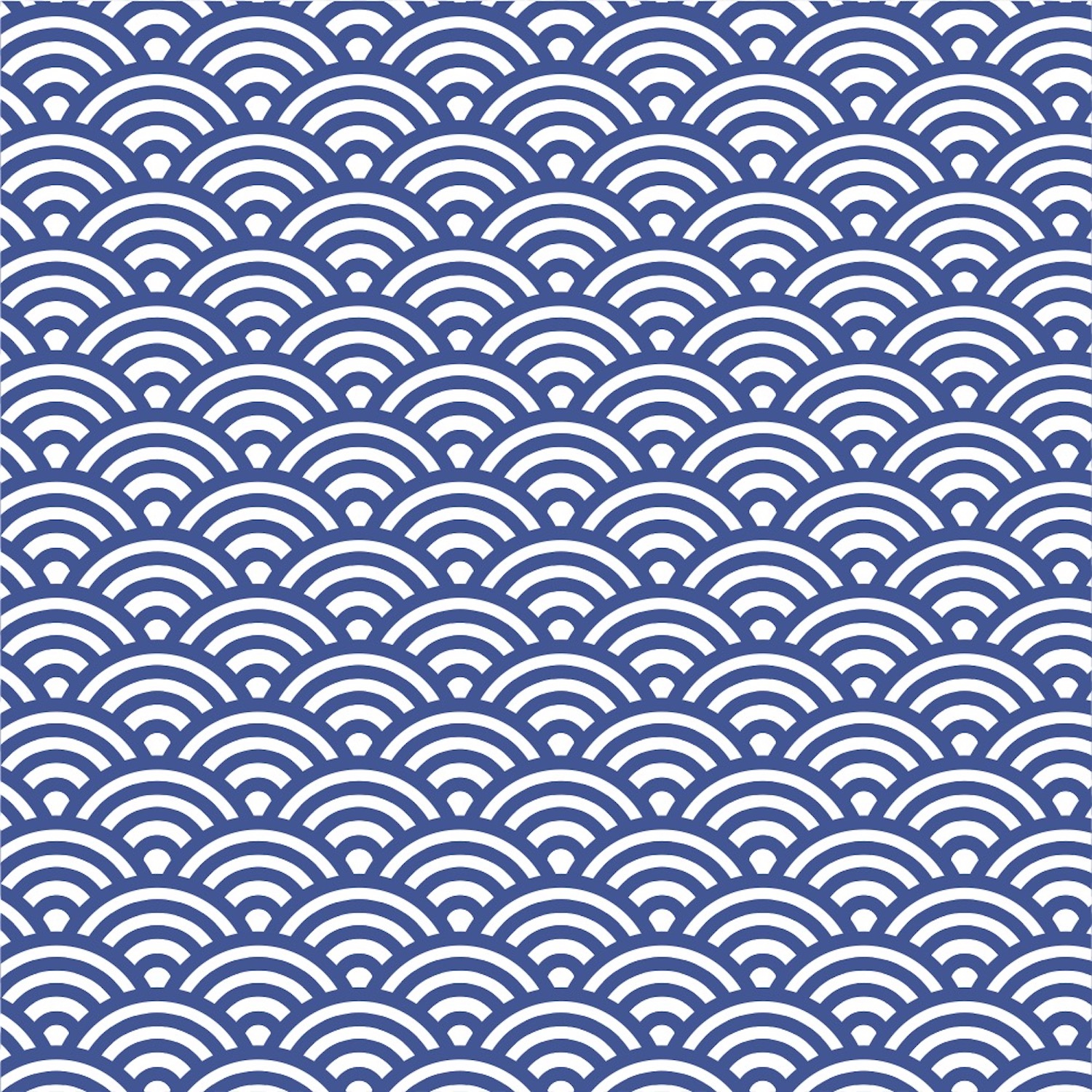
Seigaiha means “blue ocean waves.” This pattern has been used in Egypt, Persia (Iraq), and around the world. The word Seigaiha has its origin in the dance from ancient Japanese court music.
It is considered a symbol of peace, good luck, and good fortune; we can see Seigaiha pattern on many kimono. Originally, this pattern was meant for young women.
Kikko (Tortoiseshell) – Japanese Patterns
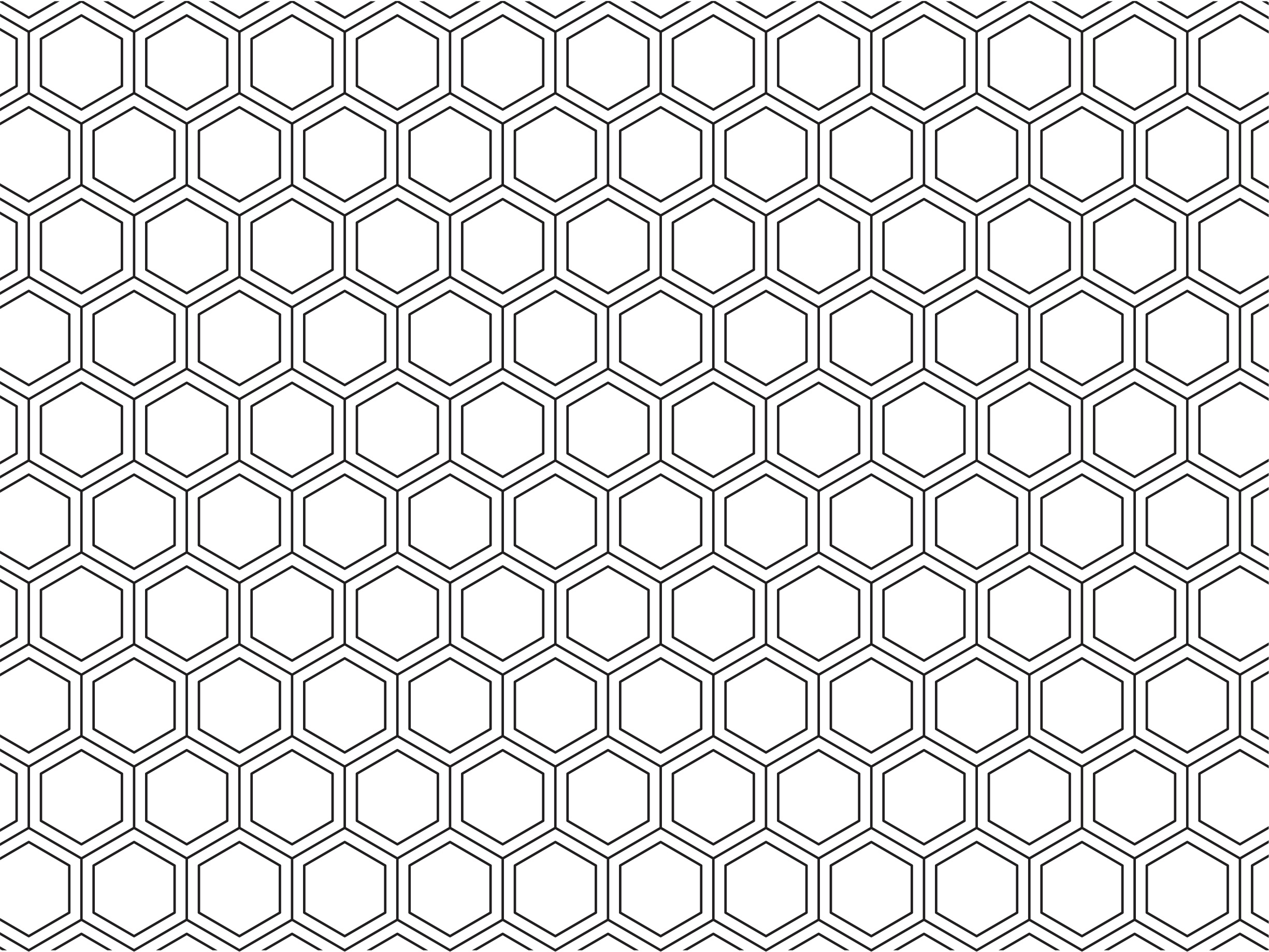
Kikko pattern, the hexagonal pattern was brought from the Eastern Asia, through China to Japan. Since the pattern looks like a tortoiseshell, it’s believed to bring longevity.
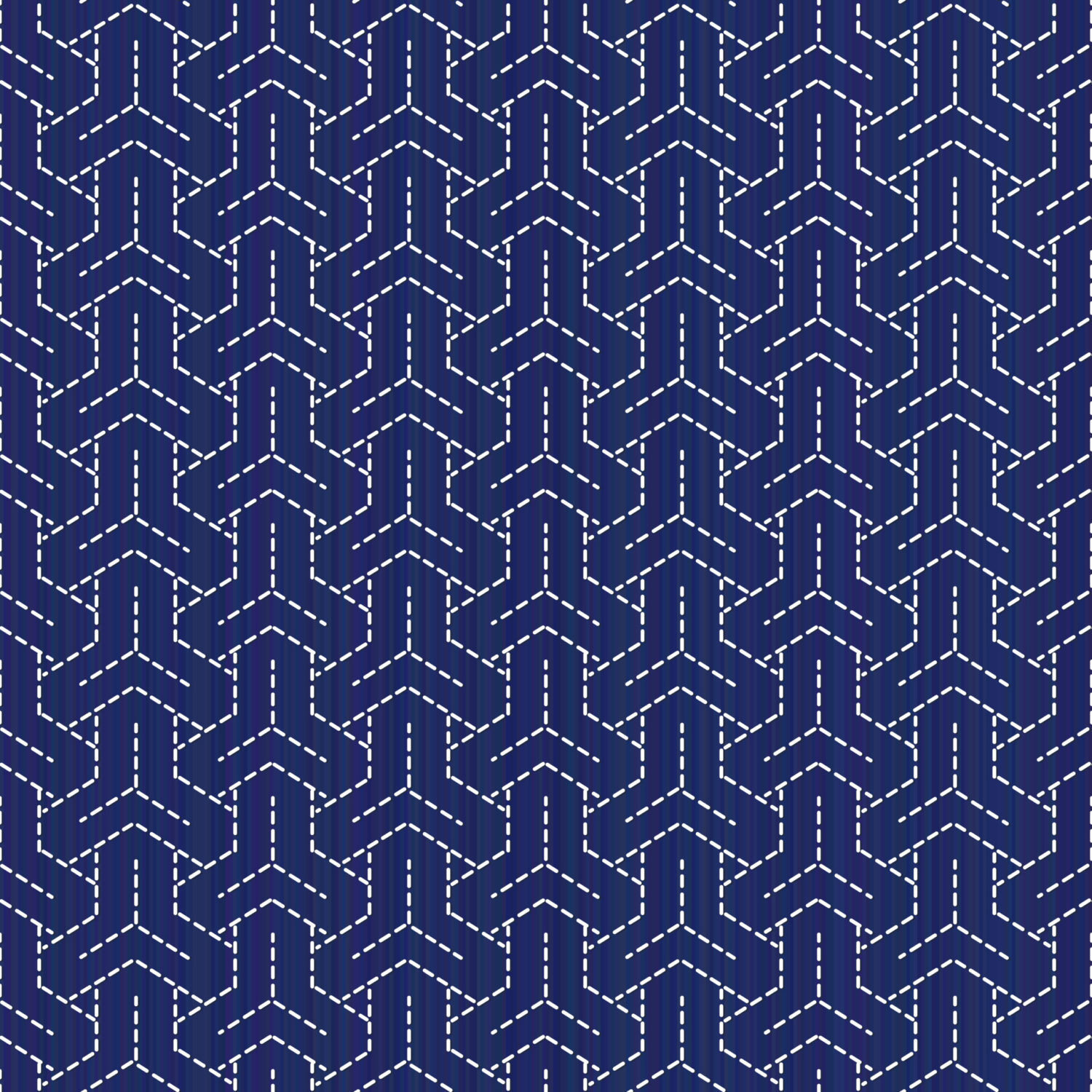
Bishamon Kikko pattern is one of the Kikko patterns. It comes from the pattern of the armor of Bishamonten, Buddhism god Vaiśravaṇa, which has been admired for its war victory.
Shippo (Seven Treasures) – Japanese Patterns

Shippo, seven treasures in Japanese, has a meaning of the unending chain of expansion of harmony and peace.
The seven treasures in Buddhism: gold, silver, lapis lazuli, agate, crystal, and Tridacna which believed to live more than a thousand years.
Tatewaku (Rising Steam) – Japanese Patterns
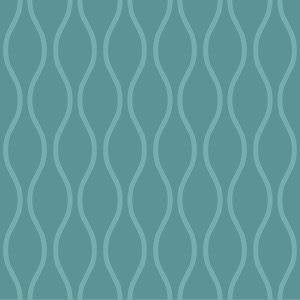
Tatewaku, also called Tachiwaki, is the pattern resembling rising steam.
In the Heian period, the pattern required advanced fabric-making techniques; therefore, it was exclusively used on clothes for the court nobles.
We have various kinds of combinations with other patterns Tatewaku like with bunches of grapes, clouds, and pines.
Also, we can see the Tatewaku pattern on historical byobu (folding screen), treasure and the outfit of Noh as well.

 A collection of traditional Japanese patterns plus a CD ROM companion featuring 250 for use in design work.
A collection of traditional Japanese patterns plus a CD ROM companion featuring 250 for use in design work.
Uroko (Scale)

Uroko pattern has been used as a talisman warding off the bad luck since the pattern is associated with a snake and a butterfly which shed its skin or chrysalis regenerate themselves.
Although its meaning related to regeneration, these patterns have been used simply as a pattern of a triangle as well.
In Uroko Kamon, most of them have a regular triangle, but the Hojo clan of Kawachi Sayama has an isosceles triangle which has the longer bottom line is called “Hojo Uroko”.
Kagome (Wickerwork)
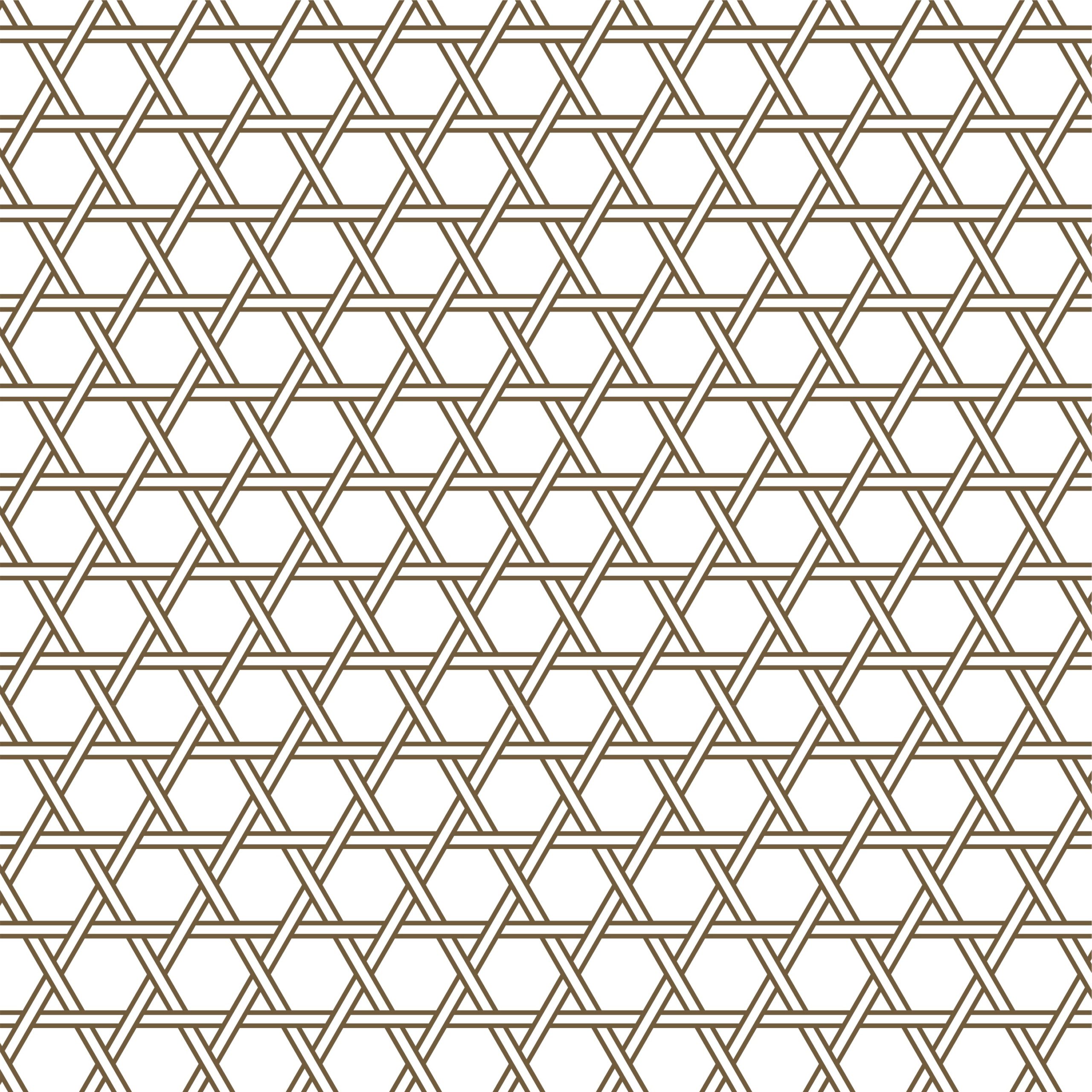
Kagome pattern originated from reticulation of a bamboo basket. The pentacle-like design is believed to ward off the bad luck, so it’s been used as a talisman as well.
Also, it has a meaning to enclose the spirit of a man or a child from wandering. It is designed with things around the water, has been used in many designs.
Ichimatsu (Checker)
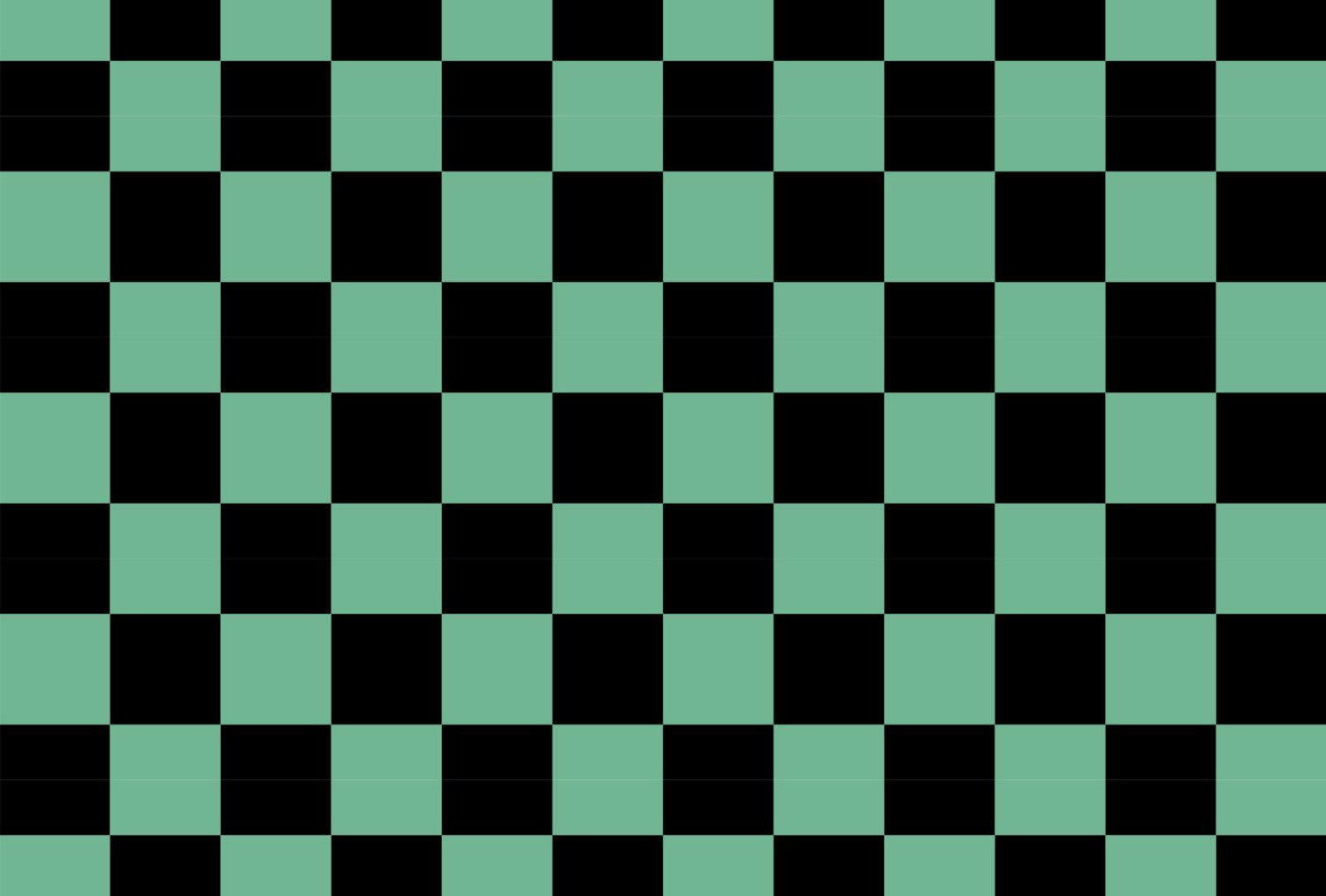
Ichimatsu pattern named after a Kabuki actor, Sanogawa Ichimatsu who used this pattern a lot and kimono with this pattern became pretty among people later.
It’s a universal pattern you see everywhere around the world which is called checker pattern such as we see the pattern on a chessboard.
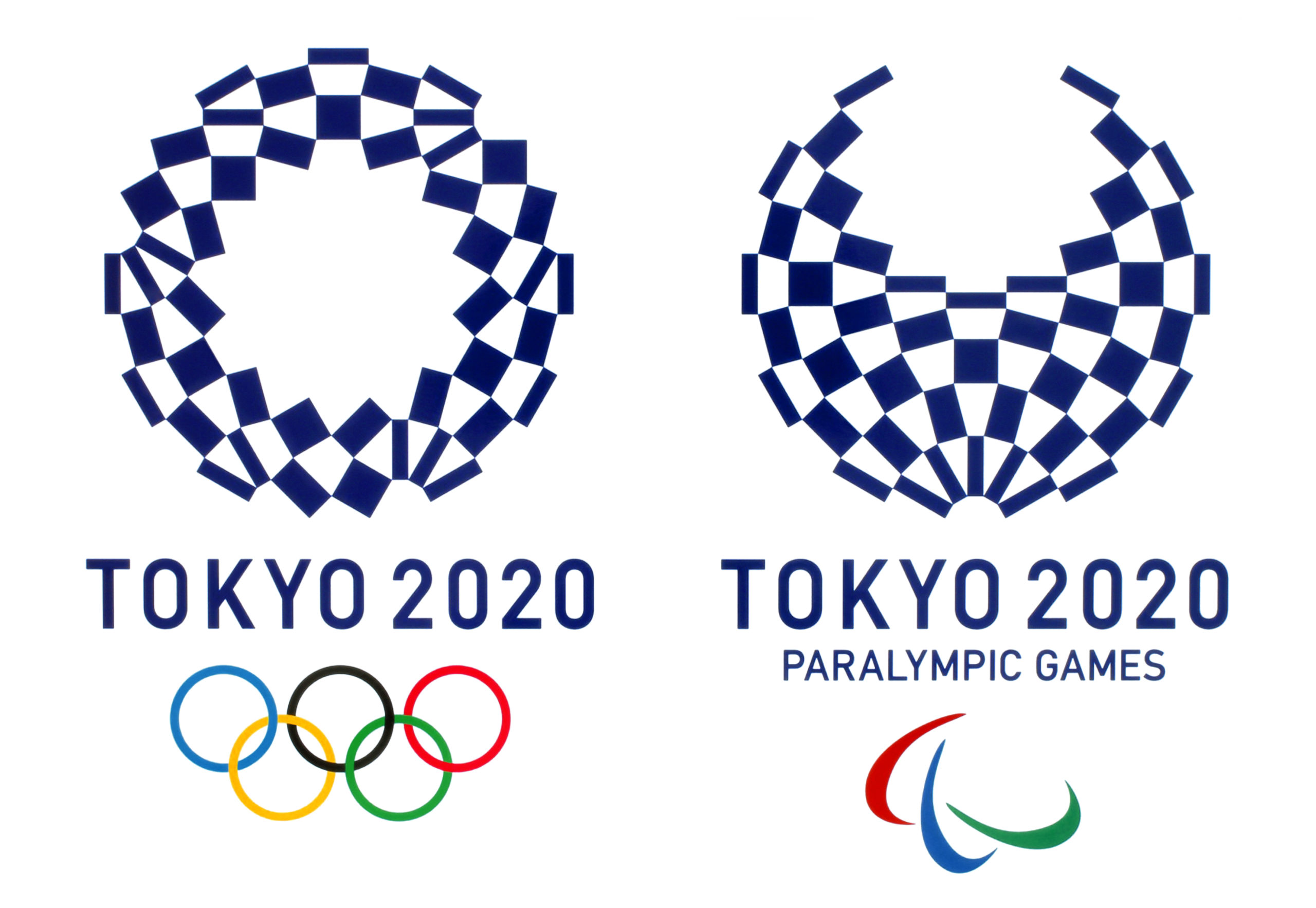
We can see them in the emblems of the Olympics and the Paralympics, which will be held in Tokyo 2020.
Kiku (Chrysanthemum) – Japanese Patterns

Chrysanthemum has been the symbol of the autumn and loved by Japanese people as well as cherry blossoms. It was introduced in Japan in Nara period as medicine from China.
Japan adopted the tradition of the Choyo Festival, which is held on the ninth day of the ninth month, according to the lunar calendar from China; chrysanthemum becomes a symbol of longevity and people cherished the sight of chrysanthemum itself.
In the Heian (794-1185) and Kamakura period (1192-1333), patterned chrysanthemum was everywhere from papers to traditional crafts.
It is in Muromachi period that chrysanthemum became one of the symbols of autumn.
In the Edo period, people improved the seeds of chrysanthemum and it gained the value of ornamental plants. Large-flowered chrysanthemum began to be seen from this era.
Although it’s the symbol of autumn, chrysanthemum can be used all year round as a lucky charm pattern.
Chrysanthemum was first used by ex-Emperor Gotoba in the late Kamakura period (1192-1333) and it became the Imperial family crest to this day. They are commonly called the Chrysanthemum Throne.
References
日本の文様 (www.nippon-ya.net)
file268 「卒業式の着物」 (観賞マニュアル 美の壺)
Related Articles
Kamon the Avant-garde: Interview with Japanese Family Crest Artisans
Kiriko Cut Glass: Japanese “Kaleidoscopic” Tableware of Art
Chiyogami Crafts: History, Paper Dolls, and Bookmarks
Geisha: Makeup, Hairstyles, and History of Highly Skilled Artists
Yukata: Japanese Traditional Casual Dress for Summer


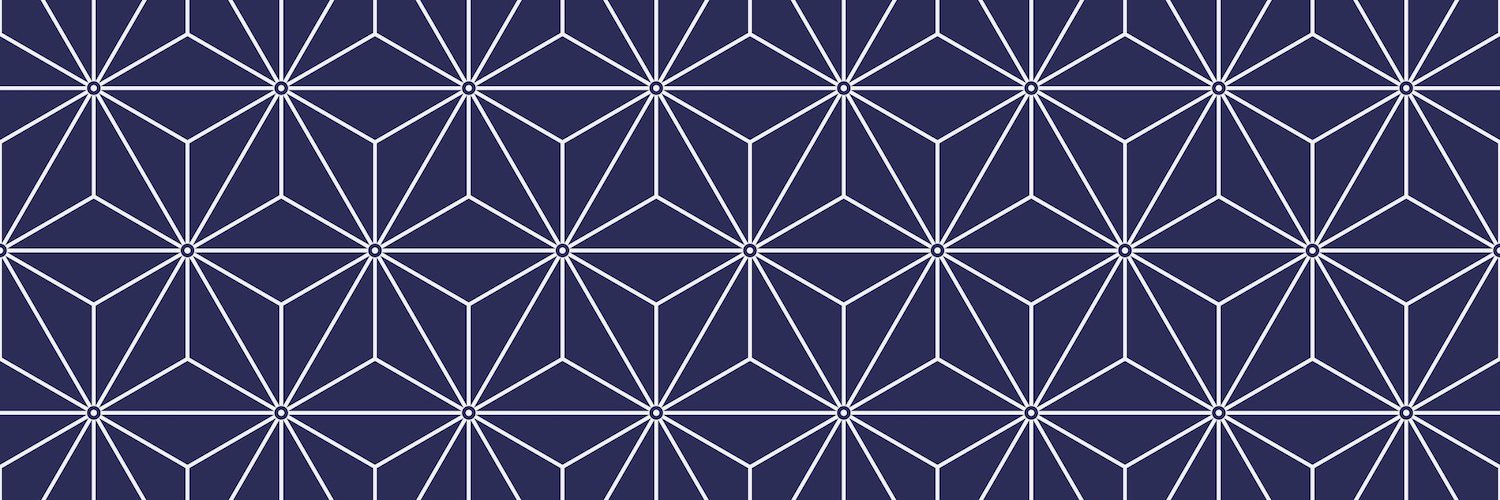
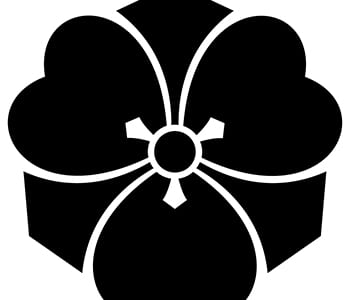
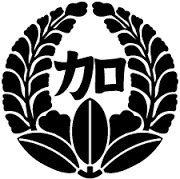
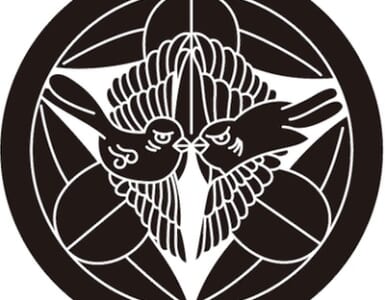


Hello and thank you for sharing your insight! I was wondering about a pattern of slightly angled lines on a blue background; this is a picture of it from below: https://i.redd.it/mpnsllg8jm941.jpg
I found it on the outside of bowls made by at least four different kilns (Seppou-gama, Juzan-gama, Hijiri-gama and one I couldn’t identify). Does it have a name and meaning?
Hi Leonard,
Thanks for the comment! The pattern you mention can be “Tobi-kanna” (飛び鉋). Kanna is a plane.
One applies the blade of a plane to the teacup’s surface while rotating the teacup, and it shaves off the surface in rapid succession to create patterns. The organic designs are rhythmically engraved.
Hope it helps!
Hiroko
I collect vintage stereo equipment. Speaker brands such as Sansui, Pioneer, Kenwood, Akai, Altec from a certain period all had distinct Japanese influenced grill paterns. I was wondering if you might have any background on the names of the paterns or their origins. I’m especially interested in the pattern for the Altec Valencia A’s. I’ve included a link to a picture. http://www.audioheritage.org/vbulletin/attachment.php?attachmentid=8508&stc=1&d=1119150288
Hi Adrian,
Thanks for the comment! We have many lattice and geometrical patterns in Japan. But about this particular model, Altec Valencia A, the design derived from a decorative tile pattern that retains its original form from the 16th century in Valencia, Spain.
Hope it helps!
Hiroko
Hi, so I was wondering. Is there a name for the Japanese “mist” or “cloud” pattern. I was doing some digital artwork and wanted to incorporate the design into my work. It is a very interesting design and I would like to do research about it. It would be great if you can tell me more about it. Thanks!
Hi Hareez,
Thanks for the comment! The representative mist pattern is called “Kasumi” (霞), and the cloud one is called “Tatewaku” (立涌).
Also, Koun (工雲) and Zuiun (瑞雲) are popular cloud patterns.
Sometimes they are in the same category as the cloud is made of mist. You put these words with “文様” (pattern in Japanese) and find many varieties of them.
Hope it helps!
Hiroko
I’m working on fabricating a name plate for my house, while you can find name plates on some houses in America it’s more common to just find the house number listed on the front and for me that is just simple boring! So I decide to create mine in the style of the hyousatsu ones that you can see on Japan, It’s amazing how something as simple as geometric patterns can have so much meaning and tradition behind their use!
Hi Fernando,
Thanks for the comment! That’s fascinating you’re working on to create your own nameplate! I find it cool when I see a nameplate with its Kamon (family crest) on it, which is rather rare even in Japan.
Happy fabricating!
Hiroko
Thank you for this inspiring article and sharing your knowledge. It’s well known fact that western artists and designers in second half of XIX century were inspired by japanese art and culture. It was one of the most popular trends then (japonisme). I am not even surprised this patterns are so similar to what I’ve already seen described as for example art deco.
Hi Hana,
Thanks for the comment! One of my favorite artists, Hokusai, learned Western brushwork and created his own method. There are many other artists during the Edo era whose works inspire us today like Jakuchu Ito, Gyosai Kawanabe, and so on. I’m so glad you found our site inspiring and hope you would encounter more interesting stuff here or anywhere!
Good luck with your exploring,
Hiroko
Thank you for this article! I did a few drawings based on some ideas you presented. Japanese designs are such an interesting topic.
Thanks for your comment, Chelsea! We’re so glad they inspired you to produce drawings! It’s so much fun to look at them and know the origin and history behind them:)!
we hope you keep producing nice works!
Hiroko
I have enjoyed this very much. Thank you.
Thank you for your comment, Patricia! Hope you enjoy other articles as well;)
Hiroko
Hello! Great work here, thank you so much for the information. I have noticed that many of these motifs were used in the Western world during the Art Deco movement. Western artists were probably infuenced by these ancient Japanese designs.
Hi Tena,
Thanks for the comment! You’ve got the point that the Art Deco movement might have influenced by Japanese artists like Hokusai, Hiroshige,
Yoshitoshi, and so on. Their woodblock prints were one of the most entertaining things in the Edo period (1603-1868) when the townsmen culture flourished. These artists were working hard to entertain people with fresh, unexpected, and inconceivable techniques and perspectives. One of my favorite artists, Alphonse Mucha, although he was not in the Art Deco movement but in the previous movement, was the bearer of the Art Nouveau. I sense the same types of sophistication in his posters.
What is a stacked diamond shape called as?
Hi Alec,
Thanks for your question! Could you send us the pic of the image you’ve mentioned? patternz.jp@gmail.com
So we could tell you exactly what it is.
Thanks!
Hiroko
Excellent summation of these lovely designs I’ve been using in my work for a long time.
Hi Judith,
Thanks for the comment! What kind of product or service you’ve been using these designs for?
Hiroko